
Bed thickness and airflow
This topic explains how bed thickness and airflow are managed in honey and pulped natural coffee processing, why they matter for uniform drying, and their impact on flavor and defect prevention.

This topic explains how bed thickness and airflow are managed in honey and pulped natural coffee processing, why they matter for uniform drying, and their impact on flavor and defect prevention.
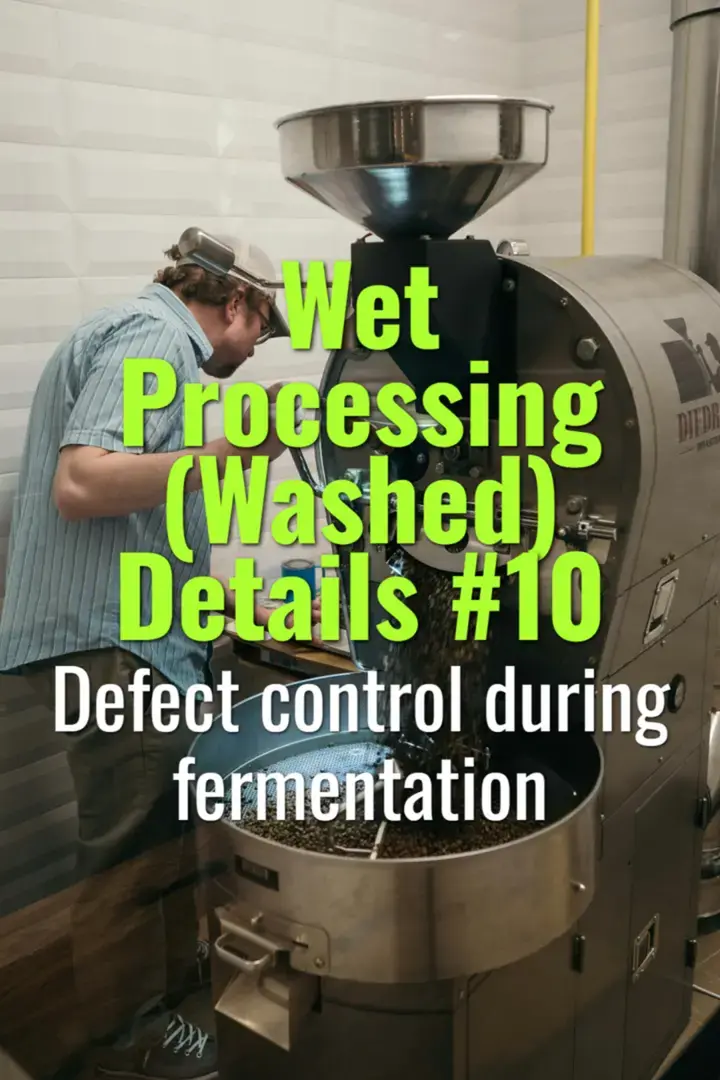
This topic explains the common defects that can occur during coffee fermentation in washed processing, their causes, and the management practices that prevent them.
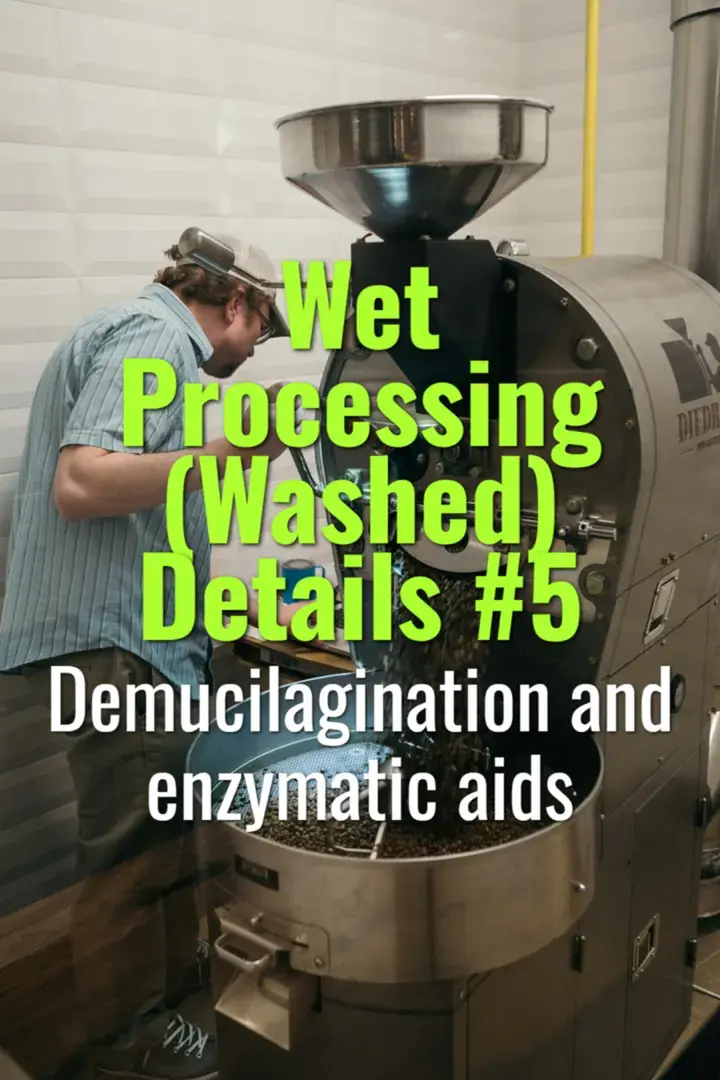
This topic explains demucilagination—the removal of mucilage from coffee beans—through mechanical and enzymatic methods, comparing them with traditional fermentation and highlighting their impact on efficiency and flavor.
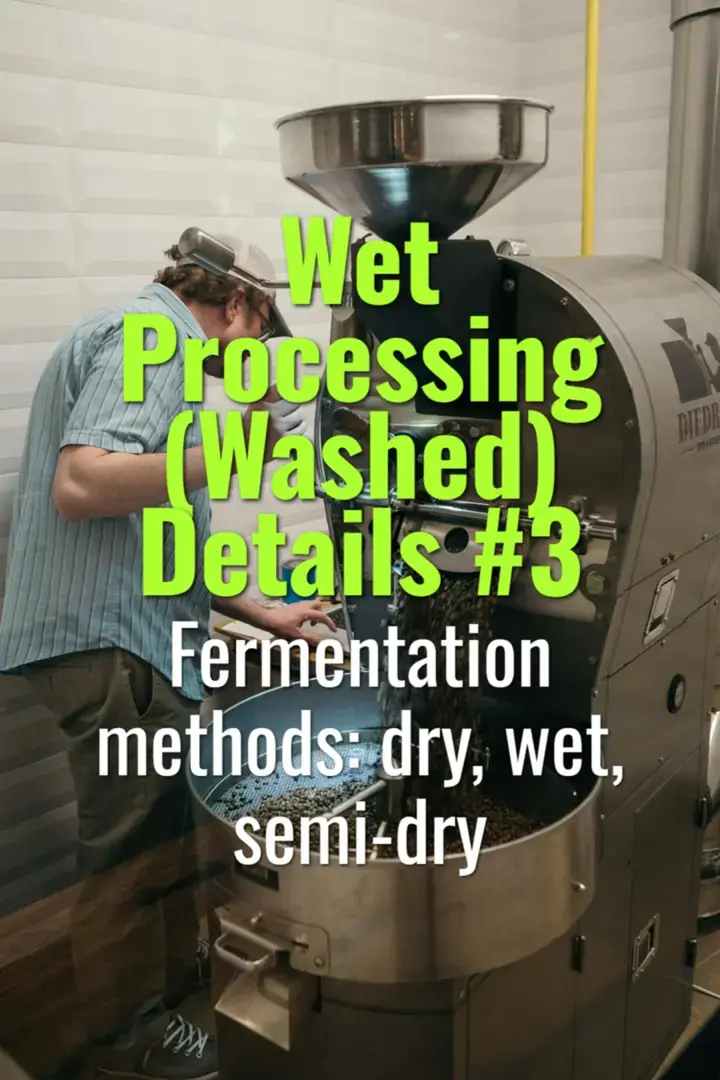
This topic explains the three main fermentation methods used in washed coffee—dry, wet, and semi-dry—how they differ, their effects on processing efficiency, and their influence on flavor outcomes.
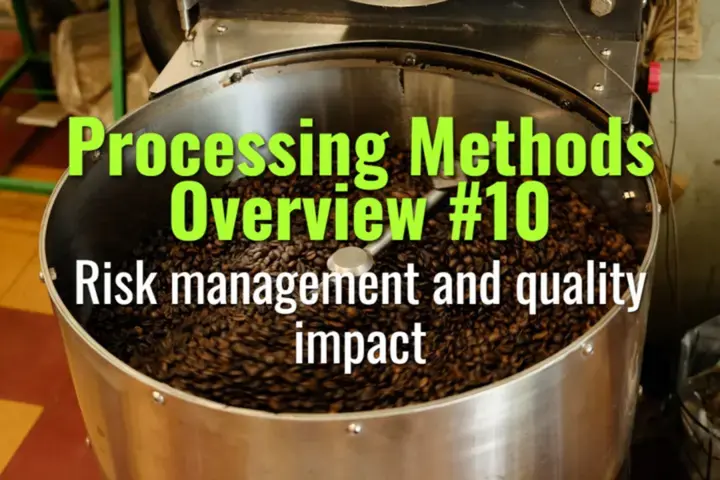
This topic explains the risks involved in coffee processing, how they affect quality, and the strategies producers use to minimize defects while maximizing flavor potential.
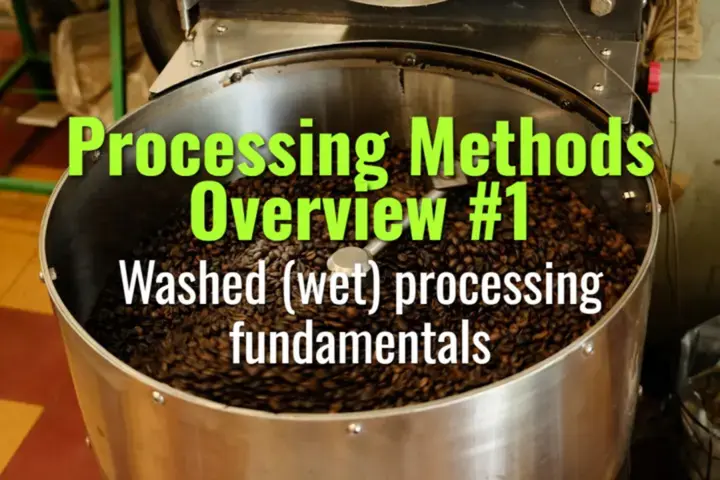
This topic explains the fundamentals of washed (wet) coffee processing, covering the main steps, advantages, challenges, and sensory outcomes of this widely used method.